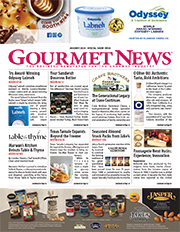California Megadrought to Hit Wine Industry Hard
2021 presented an extraordinary level of soil water deficit and irrigation that could sometimes be ineffective due to the severity of the California megadrought, according to a new report on two =counties, Sonoma and Napa, conducted by Agrology.
“2021 data shows that dry farmed and irrigated vineyards managed to narrowly avoid destructive levels of water stress and those levels challenged even hearty dry-farmed vineyards,” said Adam Koeppel, co-F\founder and CEO. “With 2022 predicted to be the driest in 1,200 years, it’s imperative that growers be judicious in their use of irrigation water. Predictive Agriculture technology will help you optimize your water usage down to the drop.”
Agrology reported that up until harvest, soil moisture and water deficit impacts from the drought appeared significant across Napa and Sonoma. Soil Water Potential extremes of nearly -3,000 kPa were recorded at irrigated vineyards, and more than -5,000 kPa at dry farmed vineyards. For reference, the University of California recommends initiating irrigation at midday leaf water potential of 1,000-1,500 kPa, corresponding to pre-dawn soil water potential of 1,800-2,300 ko. This indicates that irrigation could not keep up with the drought. In addition, dry farming was challenged with a lack of micro nutrient delivery, as nutrients delivered via drip irrigation systems did not have enough water to reach deep root zones.
“Unfortunately growers now have to contend with the constant threats of a changing climate,” added Koeppel. “It’s imperative that growers can track and understand all important elements in realtime–from water to soil to smoke. We built Agrology to do just that. One system and one app to give growers a view into what’s happening in that moment and the near future.”
Subscribe now to Gourmet News for specialty food industry updates.






